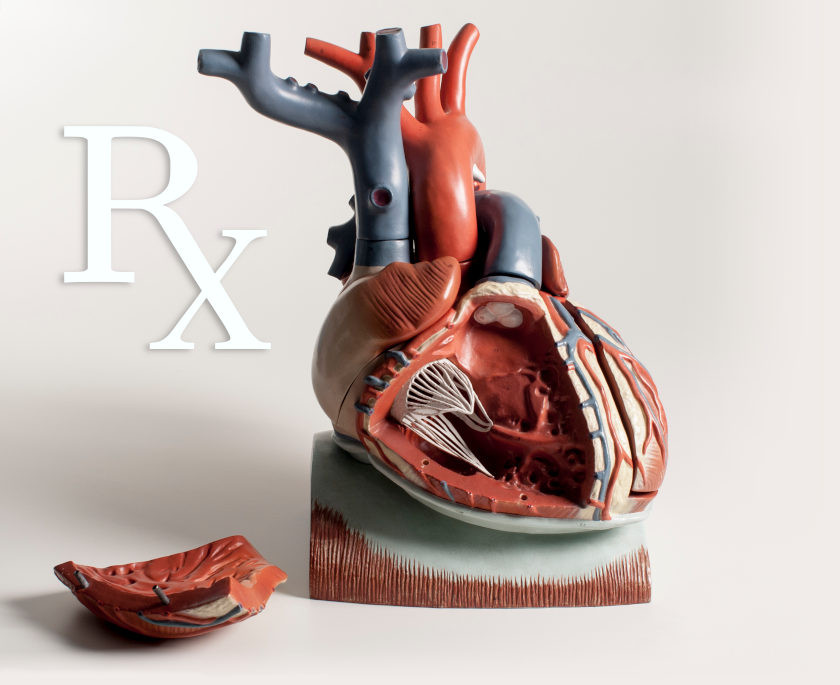Pressor Drugs for Treating Hypotension
The primary goal for treating hypotension is to restore organ blood flow and oxygen delivery to a level that sustains critical organ function. By increasing arterial pressure with pressor drugs, the perfusion pressure to organs, particularly critical organs such as the brain and heart, is increased, which increases blood flow. Pressor drugs are used to treat hypotension resulting from cardiogenic shock, circulatory shock (including septic), hemorrhagic shock, and hypotension that sometimes occur during surgical anesthesia.
Arterial pressure can be raised by increasing cardiac output and by constricting the systemic vasculature. Most pressor drugs are sympathomimetic agents that mimic the effects of sympathetic adrenergic activation on the heart (cardiostimulatory drugs) and blood vessels (vasoconstrictor drugs). Some of these drugs increase heart rate and cardiac contractility by stimulating cardiac beta1-adrenoceptors (beta-agonists). Other sympathomimetic drugs increase systemic vascular resistance by stimulating vascular alpha-adrenoceptors (alpha-agonists). Finally, there are non-sympathomimetic, vasoconstrictor drugs such as vasopressin analogs and synthetic angiotensin II that have proven to be effective pressor agents.
Revised 08/30/22

 Cardiovascular Physiology Concepts, 3rd edition textbook, Published by Wolters Kluwer (2021)
Cardiovascular Physiology Concepts, 3rd edition textbook, Published by Wolters Kluwer (2021) Normal and Abnormal Blood Pressure, published by Richard E. Klabunde (2013)
Normal and Abnormal Blood Pressure, published by Richard E. Klabunde (2013)